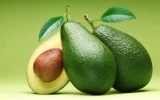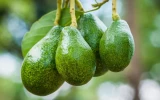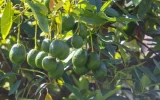When to Pick Avocados (Harvest Chart)
Avocados are unique in the fruit world. They don't ripen on the tree. Instead, they mature on the tree but only ripen after they're picked. This peculiarity makes understanding the right time to harvest crucial. Avocados picked too early won't ripen properly, remaining hard and tasteless. Conversely, overripe avocados turn mushy and unappetizing. So, how do you know when they're just right to pick?
Pick Hass avocados from June to November and Fuerte from November to May. Gently squeeze the fruit; it should be firm but yield slightly under pressure. Check for maturity signs like skin color and texture, and use the stem test. Harvest gently using a pole picker or hand-picking for reachable fruits.
Understanding the right time to harvest avocados is crucial, not just for the best taste and texture but also to ensure a continuous yield. In this comprehensive guide, you'll discover the signs to look for, a harvest chart to follow, and essential tips to make your avocado harvesting successful and satisfying.
Knowing best practices for when to pick avocados can help establish harvesting protocols when first starting an avocado farm from scratch.
Summary
- Knowing when your avocados are ready to harvest can be tricky, as they do not ripen on the tree.
- Local climate and tree health affect the maturity and harvest times. Younger trees might produce fruit that matures more slowly, and in cooler regions, avocados may take longer to mature.
- Ripeness indicators include changes in skin color and texture, fruit size, firmness, and the stem test.
- Harvest avocados using methods like hand-picking for low-hanging fruits or a pole picker for higher branches, and store them at room temperature to ripen, which can be expedited by placing them in a paper bag with an apple or banana.
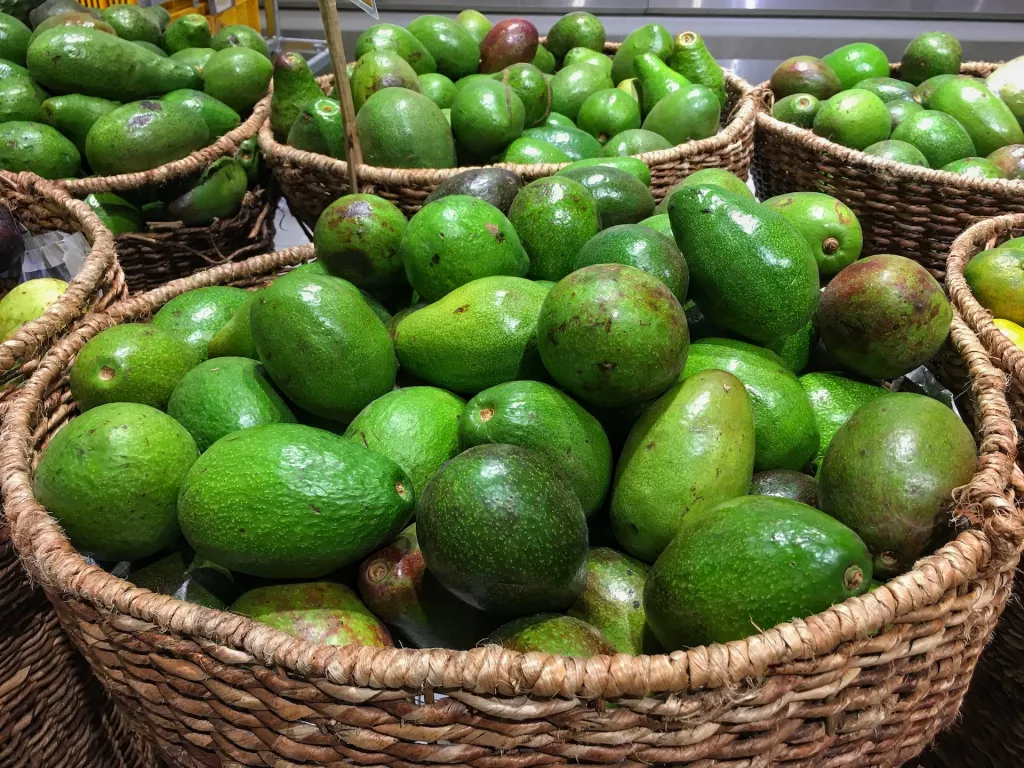
On this page:
Avocado Harvest Calendar
To help you understand which avocado varieties are available during different times of the year, we've created an avocado harvest calendar. This calendar is divided into three subsections: early-season, mid-season, and late-season varieties.
| Variety | Optimal Harvest Season | Typical Months |
|---|---|---|
| Hass | Late spring to fall | June–November |
| Fuerte | Late fall to spring | November–May |
| Bacon | Late fall to early winter | November–March |
| Mexican | Early fall to early winter | September–December |
| Reed | Summer to early fall | July–October |
| Lamb Hass | Late spring to late summer | May–September |
| Pinkerton | Winter to early spring | December–April |
Early-season varieties
Early-season avocado varieties typically start bearing fruit at the beginning of the year. Some popular early-season varieties include Fuerte, Mexican, and Bacon avocado.
Fuerte
This variety is known for its medium-sized fruit, which has dark green skin and a smooth, tender texture. Fuerte avocados are generally available from November to May.
The Fuerte, a winter variety, is harvested from late fall to spring. It remains green even when ripe, making it a bit trickier to judge its readiness.
Mexican
Mexican avocados, with their thin green skins and rich flavor, are a delight to have during the colder months. Harvest time for Mexican avocados is usually from late fall to early spring.
Bacon avocado
Bacon avocado is known for being ready to harvest in the cooler months, providing a nice start to the avocado season before other varieties like Hass, which are more mid to late-season, come into play.
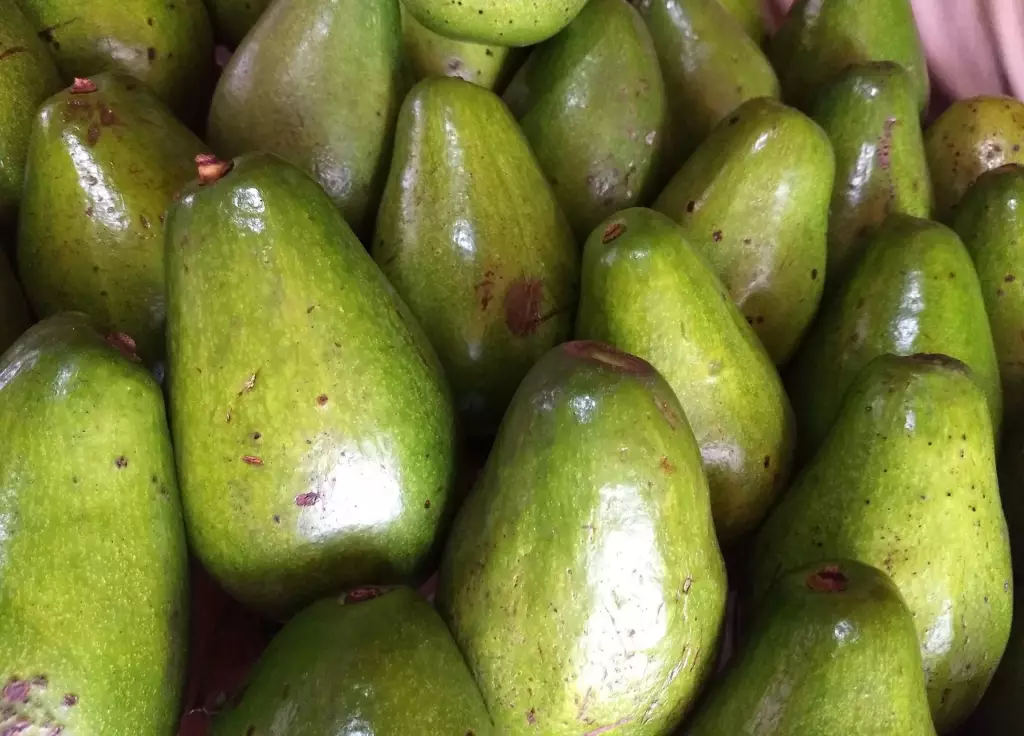
Mid-season varieties
As the year progresses, mid-season avocado varieties come into the picture. Some of the notable mid-season varieties are Hass and Reed.
Hass
The most common avocado variety, Hass, has recognizable pebbly, thick skin and a creamy texture. Hass avocados are usually harvested between June and November, making them a staple in many households during these months.
The Hass variety, easily recognizable by its bumpy skin, is harvested from spring through fall. These avocados turn from green to a purplish-black when ripe.
Reed
Known for its large, round fruit with a thick, hard shell, Reed avocados are generally available between June and October.
Late-season varieties
Lastly, late-season avocado varieties bear fruit towards the end of the year. Some popular late-season options include Lamb Hass and Pinkerton.
Lamb Hass
Similar to Hass avocados but usually larger, Lamb Hass avocados have a harvest period between July and November.
Pinkerton
This variety has a long, pear-shaped fruit with thin, smooth skin. Pinkerton avocados are typically harvested between November and February.
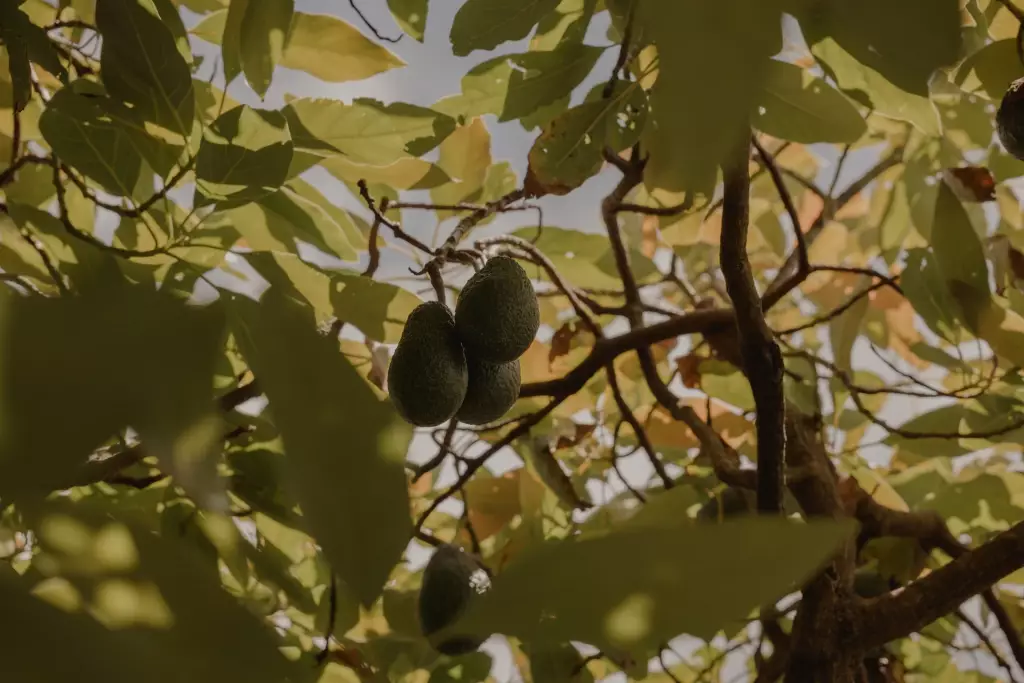
How to Identify Ripe Avocados on the Tree
Your avocados will only start ripening once they are picked. However, there are a few signs to help determine if your avocados are ready for harvest:
Skin color and texture
For many varieties, like Hass, the skin turns from green to a darker color as they mature. The texture of the skin might also change, becoming rougher or bumpier. Fuerte avocados, however, maintain a smooth skin even when ripe.
Some varieties, like Hass, will change color from green to dark purple or black when they are close to maturity. If you’re unsure, pick one and let it sit indoors for a few days to see if it ripens.
Size and shape
Mature avocados reach a specific size and shape characteristic of their variety. Familiarize yourself with the expected size of the avocados you are growing.
Check if the fruit has reached its expected size. For Hass avocados, the typical size is around 3 to 5 inches long and 2 to 4 inches wide.
The stem test
A simple test is to gently flick the small stem or button at the top of the avocado. If it comes away easily and the patch underneath is green, the fruit is likely mature. If it doesn't detach easily, it needs more time on the tree.
Firmness
Gently squeeze the avocado. If it yields to gentle pressure, it’s likely ready. Remember, avocados should be firm but not hard.
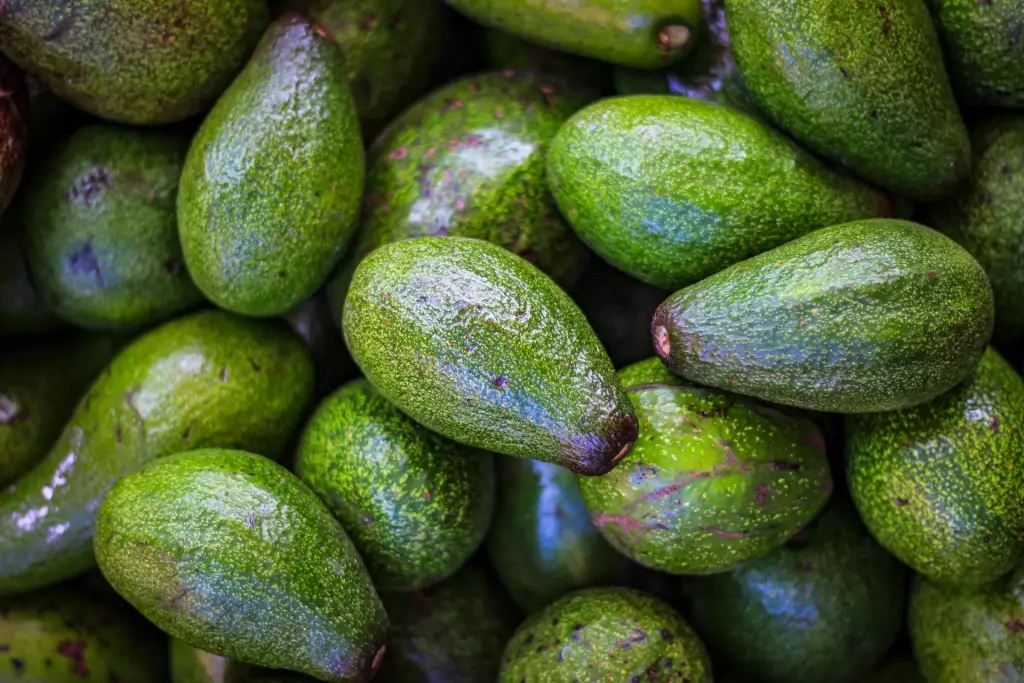
Harvesting Techniques
Hand-picking
For reachable branches, use your hand to twist and pull the avocado gently. Avoid pulling hard, as it can damage the stem end of the fruit or the tree.
Grasp the avocado and twist gently. If it's ready, it will come off easily. Be careful not to squeeze or damage the fruit as it may affect its ripening process.
Using a pole picker or a pruner
These tools often come with an adjustable length, enabling you to reach high branches comfortably. A cushioned grip can help prevent damage to the fruit during the picking process.
For hard-to-reach fruits, a pole picker can be a lifesaver. It’s like a long pole with a basket and a cutting blade or scissors at the end, allowing you to cut the fruit and catch it in the basket.
Avoid bruising the fruits as you collect them. Use a basket or bin lined with a soft material to cushion their fall.
If you can reach the fruits, use pruning shears or a sharp knife to make a clean cut above the avocado stem, leaving 0.5 to 1 inch of stem attached to the fruit. This helps prevent contamination from fungus and bacteria.
Handling and Storage Post-Harvest
Once harvested, keep avocados at room temperature to ripen. This process can take 3 to 14 days. If you need to speed up the process, place them in a paper bag with an apple or banana. The ethylene gas released by these fruits will help ripen the avocados faster.
Once you have harvested your avocados, it's essential to handle and store them correctly to maintain their quality. Here are a few tips to ensure your picked avocados stay fresh:
- Do not place newly picked avocados in direct sunlight, as this can cause them to overheat and ripen too quickly.
- Store avocados at room temperature, around 68°F (20°C), until they are fully ripe.
- Once ripe, you can store avocados in the refrigerator for a few days to prolong their freshness.
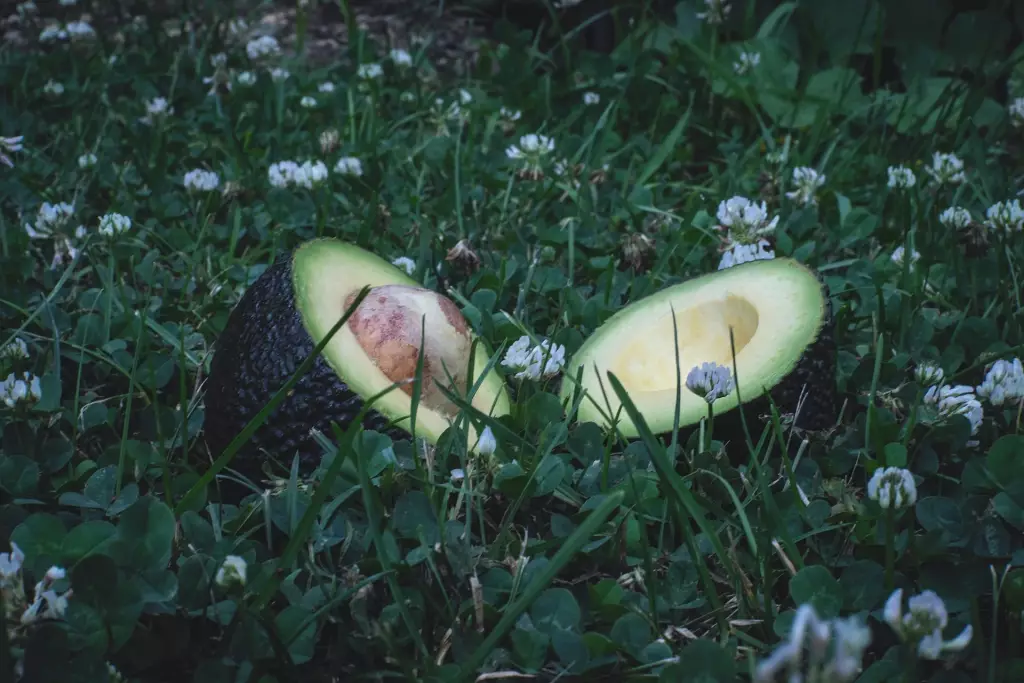
Common Mistakes to Avoid
Premature picking
One common mistake is picking avocados too early. When avocados are picked prematurely, they do not ripen properly and can become rubbery, discolored, and shriveled. To avoid this, it's important to monitor the ripening process and pick them when they are mature but not fully ripe.
Testing the ripeness by picking one fruit from the tree and checking its texture can help you determine the right time to harvest.
Damage during harvest
Being gentle during the harvest process is essential to avoid damaging the fruit or the tree. Yanking the fruit can cause harm and lead to reduced yields in the future. Instead, gently twist the avocado while pulling to detach it from the tree.
It's also advised to harvest avocados early in the morning when temperatures are cooler to maintain optimal quality.
Knowing the optimal times of year for avocado harvesting aligns with understanding when avocado trees typically bear their fruit.
Tips for a Successful Harvest
Regular monitoring
Start checking your avocados regularly as they approach the typical harvest season for their variety. This will help you get a sense of their growth and maturity.
Harvest in batches
Instead of harvesting all at once, pick a few fruits and let them ripen. If they ripen nicely and have good flavor and texture, you can start more extensive harvesting.
Be mindful of next year's crop
When harvesting, be careful not to damage the small buds and shoots that will become next year’s fruit.
Record keeping
Keep a record of when your avocados ripen each year. This can help you predict future harvest times more accurately.
